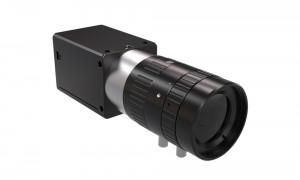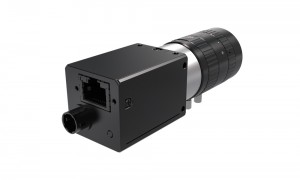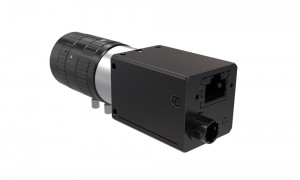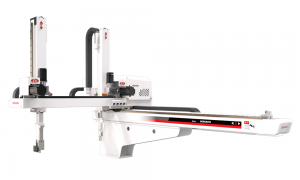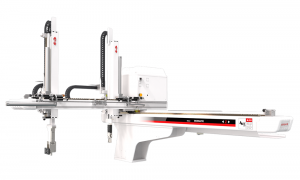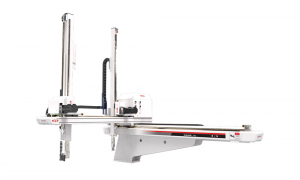
Specification
| Item | Arm length | Range | ||
| Master Arm | Upper | Mounting surface to stroke distance 1146mm | 38° | |
| Hem | 98° | |||
| End | J4 | ±360° | ||
| Rhythm(time/min) | ||||
| Cyclic loading(kg) | 0kg | 3kg | 5kg | 8kg |
| Rhythm (time/min) (Stroke:25/305/25(mm) |
150 | 150 | 130 | 115 |


Product Introduction
The BORUNTE 2D visual system may be used for applications such as grabbing, packaging, and randomly positioning items on an assembly line. It has the advantages of high speed and wide scale, which can effectively solve the problems of high mistake rate and labor intensity in traditional manual sorting and grabbing. The Vision BRT visual program has 13 algorithm tools and uses a visual interface with graphical interaction. Making it simple, stable, compatible, and easy to deploy and use.
Tool detail:
|
Items |
Parameters |
Items |
Parameters |
|
Algorithm functions |
Gray matching |
Sensor type |
CMOS |
|
Resolution ratio |
1440*1080 |
DATA interface |
GigE |
|
Colour |
Black&white |
Maximum frame rate |
65fps |
|
Focal length |
16mm |
Power supply |
DC12V |

There will be no additional notification if the specification and look change due to improvement or for other reasons. I appreciate your understanding.

Q&A:
What is 2D visual technology?
The 2D vision system takes flat photos with a camera and identifies objects through image analysis or comparison. It is generally used to detect missing/existing objects, recognize barcodes and optical characters, and perform various 2D geometric analyses based on edge detection. It is used to fit lines, arcs, circles, and their relationships. 2D vision technology is largely driven by contour based pattern matching to identify the position, size, and direction of components. Generally, 2D is used to identify the position of parts, detect angles, and dimensions.
Products categories
BORUNTE and BORUNTE integrators
In the BORUNTE ecosystem, BORUNTE is responsible for the R&D, production, and sales of robots and manipulators. BORUNTE integrators utilize their industry or field advantages to provide terminal application design, integration, and after-sales service for the BORUNTE products they sell. BORUNTE and BORUNTE integrators fulfill their respective responsibilities and are independent of each other, working together to promote the bright future of BORUNTE.
-
-
-

Top





